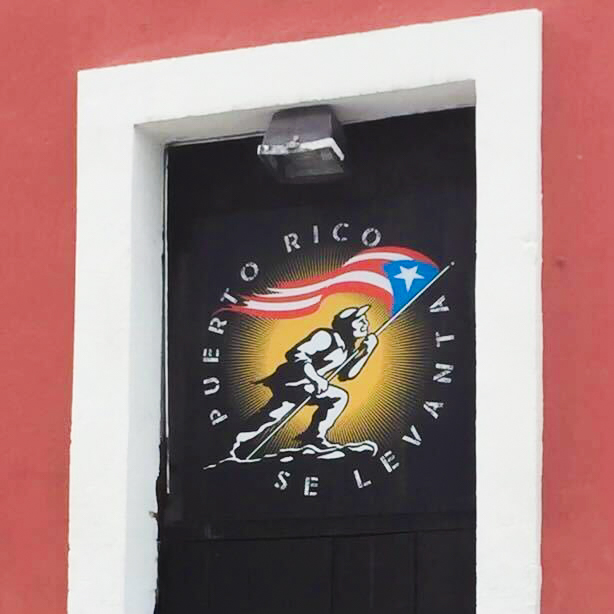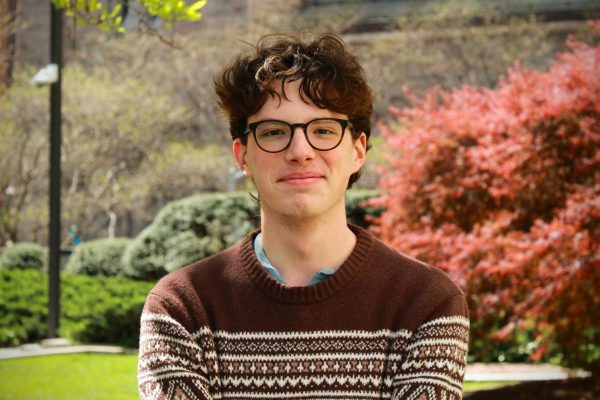While the United States recovers from a heavily polarized election with a disappointing result that will threaten people around the world, Puerto Rico reckons with a substandard governor-elect who ran on archaic narratives. Although many were dissatisfied by both candidates in the U.S. election, Juan Dalmau offered Puerto Ricans a small glimmer of hope in their election. Looking at the elections and the statehood movement in concert confirms a colonial project awaiting completion by an American empire in decline. Puerto Rico must finally be freed.
The storied history of the Puerto Rican independence movement speaks to the litany of injustices the island has faced — and continues to face — at the hands of the United States. In the wake of the 1898 Spanish-American War, the U.S. began occupying Puerto Rico. The Foraker Act of 1900 established a civil government which includes a non-voting Resident Commissioner representative in Congress — a role currently filled by governor-elect Jenniffer González-Colón — and a Puerto Rican congress, which voted unanimously for independence in 1914 to no effect.
All the while, American investors were setting up to extract maximum value from the island. American intellectual Noam Chomsky called the early 20th century a process to make Puerto Rico “a plantation for U.S. agribusiness,” and the American governmental attitude towards Puerto Rico still reflects that image. The U.S. profits from the remarkable cultural contributions of Puerto Ricans (Benito Ocasio, “Bad Bunny,” comes to mind) while only giving the island a façade of political agency. Puerto Ricans are fundamental to New York City history — politicians, musicians, poets, artists have enriched its culture. Still, the island languishes.
Puerto Rico exists in the political purgatory dubbed “commonwealth” status: not fully independent, but not privy to the full benefits of U.S. statehood.
Puerto Rican contribution is even engraved into New York education. Public School 161, up on 133rd Street, is named after Pedro Albizu Campos. Campos was a Puerto Rican nationalist icon who led a briefly successful armed uprising against the U.S. military in the town of Jayuya in 1950. Having graduated from Harvard with top marks, he declined governmental offers in order to return to Puerto Rico, where he set to work with the nationalist movement. Nationalists were brutally repressed, and in 1948, la Ley de la Mordaza (the Gag Law) was passed. Any public expression of Puerto Rican nationalism was made illegal, and enforced accordingly. In October 1950, Campos led a group of revolutionaries to take over a police station and burn down a post office building in Jayuya. Many nationalists were eventually killed or imprisoned, and Campos died after a long stint in prison. American treatment of anti-colonial revolutionaries forms a legacy worth considering when deciding whether to join up with said country.
Since then, the island has remained in an eerie quagmire. Puerto Rico exists in the political purgatory dubbed “commonwealth” status: not fully independent, but not privy to the full benefits of U.S. statehood. It is a nation that has been kept comatose by the world’s foremost imperial power for over a century.
Professor Miguel A. Rivera-Quiñones, research fellow at Radboud University, calls the American dominance over Puerto Rico “postcolonial colonialism.” Puerto Ricans nominally self-govern, but all under the auspices of American corporate and political power. The U.S. quickly industrialized the island in the mid-20th century, but ensured that everything remained under private administration. What that means now is the U.S. presides over a nation with a 43% poverty rate and no plan to ameliorate the current situation. Jobs cannot be created, and Puerto Rico cannot truly move forward, especially as the climate changes and natural disasters become ever more common. The U.S. does administrate Puerto Rico, and is running it into the ground. As recently as eight years ago, the Supreme Court reaffirmed U.S. sovereignty over the island, and the U.S. has no plans to let Puerto Rico go.
The Center for Puerto Rican Studies noted that “the ability of Puerto Rico’s economy to create jobs is tied to its political relationship with the United States.” As a unit, Puerto Rico is economically insolvent. According to the same report, Puerto Rico has the most extreme economic inequality of any U.S. jurisdiction. The island’s electrical grid is completely privately owned by one corporation — Luma Energy. Puerto Rican superstar Bad Bunny famously took on the corporation in the music video for his song “El Apagón,” which translates to “the blackout.” When Luma unilaterally canceled scheduled maintenance worth $65 million last summer, residents protested the decision, but could do little about it.
Puerto Rico could become a U.S. state, and governor-elect Gonzalez seems intent on making that happen. However, allowing a colonial project undertaken over a hundred years ago to be completed does not seem the best course of action.
If Puerto Rico were allowed to nationalize its energy, it could rid itself of corporate parasites and potentially give people critical access to electricity more easily. All beaches in Puerto Rico are public land, and the island still has a strong nationalist spirit. American privatization is holding the island’s economy hostage, and advocates of statehood seem to ignore that reality.
Puerto Rico could become a U.S. state, and governor-elect Gonzalez seems intent on making that happen. However, allowing a colonial project undertaken over a hundred years ago to be completed does not seem the best course of action. Statehood advocates point to the litany of injustices in U.S. treatment of Puerto Rico compared to treatment of states, but would admitting Puerto Rico into the union benefit Puerto Ricans? American investment into the island would only increase, leading to a largely unchanged economic structure. It would create a sense of parity with other states, but is the United States a union Puerto Rico wants to join?
Neither the current administration nor the incoming administration have substantial plans to address climate change, and Puerto Rico should be doing everything in its power to stave off the consequences of global warming. As part of the States, it would be fully assimilated into the imperial core, and green infrastructure would likely have to wait. If it were allowed independence, Puerto Rico could move to nationalize energy and act on the world stage free from under American boots.
For the first time in seventy years, Puerto Rico’s electoral debate looked to advance past trite scuffling. As should be obvious, neither of the traditionally dominant parties advocate for independence. The pro-statehood New Progressive Party, led by Jenniffer González-Colón, won this year’s election. Pro-commonwealth Popular Democratic Party candidate Jesús Manuel Ortiz finished in a shocking third place, behind Juan Dalmau of the Independence Party. Global superstar Bad Bunny came out in support of Dalmau, whose campaign centered on refreshing the island’s politics.
Although Dalmau did not win, the movement for Puerto Rican independence will keep going. Puerto Rican cultural presence in and around New York City is massive. Readers would do well to stop by El Museo del Barrio in East Harlem to begin understanding the interconnections between the U.S. and Puerto Rico.
The United States government will never give Puerto Rico the recognition it deserves without political action of some kind. Here’s hoping that Puerto Ricans continue to gain consciousness of the remarkably unjust circumstances and act to change them.


